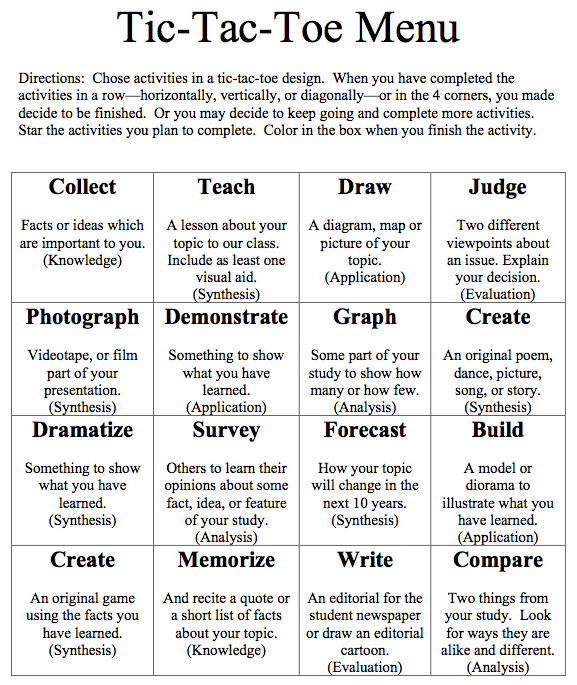Universal Design Learning (UDL) is an individualized style of classroom instruction where one teacher uses a variety of teaching techniques to best serve different learning styles
People often wonder whether the idea of classroom equality is possible, or desirable. After all, students develop differently, have different IQ’s, different learning styles, and even different support systems outside of the classroom. A concept called Universal Design Learning (UDL) is a teaching approach intended to help each student in a classroom get what he or she needs to succeed in order to establish equity in learning. That is, UDS is an individualized style of classroom instruction where one teacher uses a variety of teaching techniques to best serve different learning styles. This style of adaptable and personalized instruction helps each student get what her or she needs to meet classroom learning competencies.
How does UDL work in the classroom?
Teachers utilize UDL in their learning material in unique ways. The goal is to balance a variety of presentation and engagement activities to keep students excited and motivated. The three principles of UDL include 1) creative presentation of the material 2) dynamic and stimulating learning assignments 3) student engagement/ motivation.
Building a UDL program starts with school administration and teachers, but parents should discuss this modality when appropriate. A conversation about UDL might help inspire your child’s classrooms to present the material in more dynamic ways, allowing students to digest the information with engaging activities rather than an older, lecture-style of learning.
How the 3 Principles of UDL work in the brain.
References: The Teaching Commons at Georgetown University, adapted from CAST National UDL Center.
Example of UDL-style assignments:
What does UDL mean for my child?
Successful UDL classrooms present schoolwork in creative and multi-modal ways. Since each student has different strengths, it makes since to incorporate multiple strategies into teaching and homework to help children thrive. Children may benefit from an assessment of their learning style to determine the ideal structure for learning new information (e.g. auditory, movement, visual, etc.).








